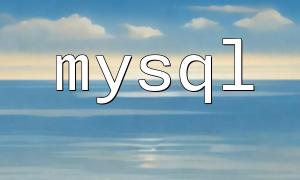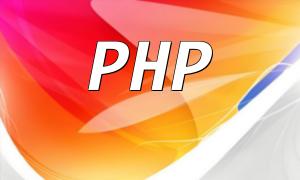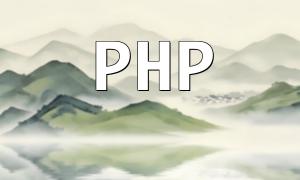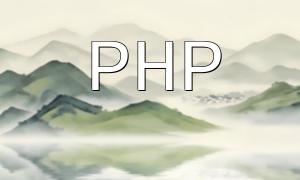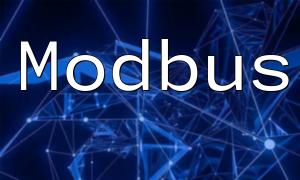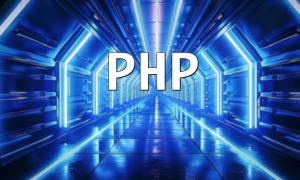With the continuous development of internet technologies, PHP has become one of the most widely used server-side programming languages. To ensure an efficient and stable PHP development process, it's crucial to choose and set up the right development environment. This article will guide you through the steps to build an efficient and stable PHP development environment.
The first step is selecting an operating system suitable for PHP development. While PHP can run on various operating systems, Linux is the preferred choice for PHP development. Linux offers high stability, security, and supports most PHP development tools and frameworks.
PHP applications primarily run on web servers, so it's important to choose the right one. The most common web servers are Apache and Nginx. Apache is a mature and reliable choice, while Nginx is known for its efficiency and lightweight nature. Based on your project needs, select the most suitable web server and proceed with installation and configuration.
Next, you need to install the PHP interpreter. PHP offers multiple versions, and it's recommended to install the latest stable version. Along with PHP, common extensions like MySQL and Redis should be installed to facilitate database management and caching.
Choosing an efficient code editor is key to improving development speed. Popular PHP editors include Sublime Text, PHPStorm, and Visual Studio Code. These editors come with powerful plugin support and allow customization to enhance development efficiency.
Version control tools are a must-have for every developer. Git is the most widely used version control system, helping teams manage code versions, avoid conflicts, and support collaborative development. During development, Git can be used to roll back to previous versions and merge code changes, improving flexibility in the development process.
Debugging tools are essential during development. Xdebug is a commonly used PHP debugging tool that allows for breakpoint debugging, variable inspection, and other operations to quickly locate and fix issues. Integrated with IDEs, Xdebug makes it easier for developers to identify and resolve potential issues in the code.
To further improve development efficiency, optimizing the environment configuration is essential. For example, enabling Opcode caching (such as APC or OPcache) can significantly speed up the execution of PHP scripts. Additionally, you can adjust parameters in the PHP.ini configuration file to optimize memory usage and performance.
Finally, writing clear development documentation and performing unit testing are vital for ensuring project stability and code quality. Good documentation helps team members understand and maintain the code, while unit testing ensures the correctness of the code in different scenarios.
Building an efficient and stable PHP development environment is not just about installing tools and configuration files, but it is a comprehensive process involving the selection of the operating system, web server, PHP interpreter, editor, debugging tools, version control, and more. By carefully selecting and configuring these tools, developers can significantly improve development efficiency and project quality, laying a solid foundation for creating stable and high-performance PHP applications.
